The ocean is a vast, mysterious world teeming with life, much of which remains unexplored and unknown. Among its many wonders are creatures that defy the imagination and challenge our understanding of what it means to be “earthly.” These underwater inhabitants often appear so strange that they might just as well have come from another planet. Join us as we dive into the depths of the ocean to discover 12 fish species that look like they belong in a sci-fi movie.
1. The Peculiar Parrotfish
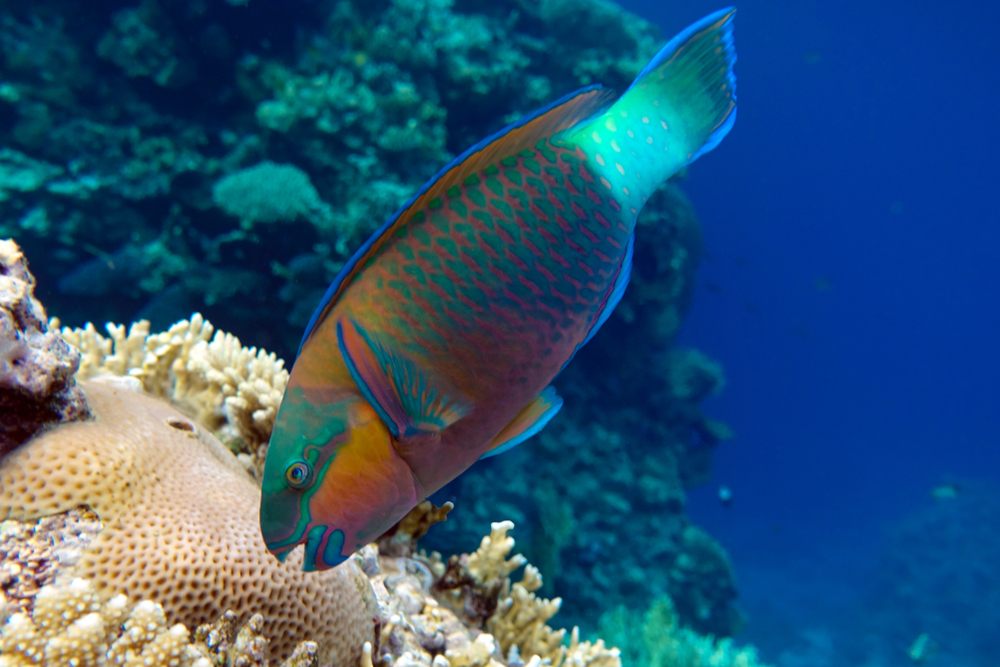
The parrotfish is a vibrantly colored marvel of the sea, known for its beak-like teeth that resemble a parrot’s beak. This unique adaptation allows them to scrape algae off coral reefs, playing a crucial role in maintaining the health of these ecosystems. When you encounter a school of parrotfish, their dazzling array of colors—ranging from bright blues and greens to reds and yellows—can be mesmerizing. As these fish munch away at the coral, they create a sound that resembles a chorus of munching and crunching.
Interestingly, parrotfish also have a rather peculiar nighttime routine. At night, according to National Geographic, many species of parrotfish secrete a mucous cocoon around themselves to mask their scent from predators. This protective sleeping bag of sorts is yet another reason why these fish seem so outlandishly alien. Their ability to alter gender during different life stages is another quirk that adds to their otherworldly charm, making them one of the ocean’s most fascinating inhabitants.
2. The Enigmatic Anglerfish
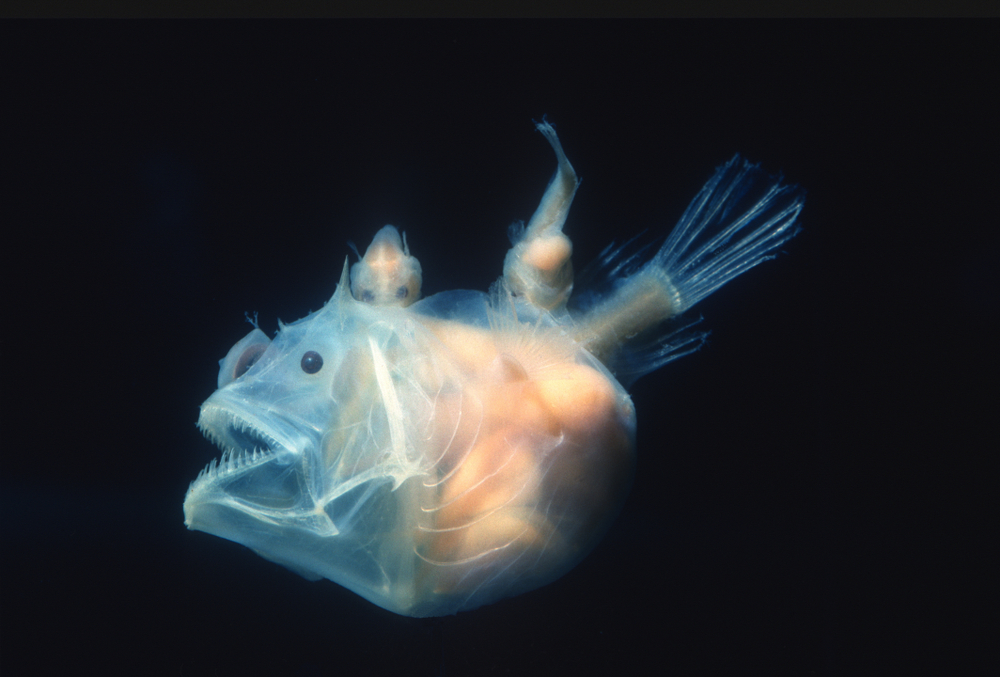
Anglerfish are a prime example of nature’s bizarre creativity, with their gaping mouths, razor-sharp teeth, and bio-luminescent lures that dangle from their foreheads. These deep-sea dwellers inhabit the darkest parts of the ocean, often more than a mile below the surface. The female anglerfish’s luminous lure is used to attract unsuspecting prey, making it an effective predator in the pitch-black depths. Their eerie glow and fearsome appearance have made them a popular subject in tales of the mysterious deep sea.
The mating ritual of the anglerfish is just as alien as its appearance. Male anglerfish are significantly smaller and attach themselves to the female, eventually fusing to her body and becoming little more than a parasitic appendage. This unique reproductive strategy ensures that when the female is ready to spawn, a male is always nearby. The anglerfish’s haunting features and bizarre life cycle make it a true alien of the ocean depths.
3. The Transparent Glass Squid
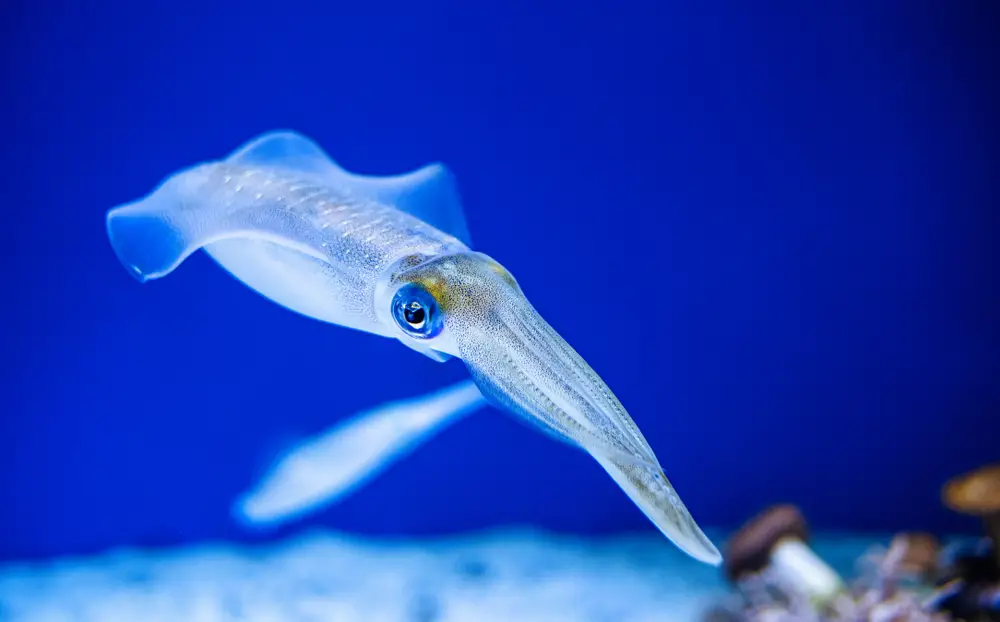
The glass squid, with its nearly transparent body, is a master of disguise in the open ocean. This elusive creature is aptly named, as its see-through body makes it nearly invisible to predators. Their gelatinous bodies and delicate features mark them as one of the most delicate and ethereal species in the ocean. Despite their ghostly appearance, these squids are capable hunters, using their long, retractable tentacles to snatch their prey.
Another fascinating aspect of glass squid biology is their ability to bioluminesce. As detailed by the Monterey Bay Aquarium, the light emitted from their bodies can confuse predators and help them communicate with each other. The light shows they produce are like living fireworks displays, adding to their otherworldly allure. Their ability to survive in such a vast and open environment with such minimal visibility exemplifies the extraordinary adaptation skills of oceanic life forms.
4. The Elusive Goblin Shark
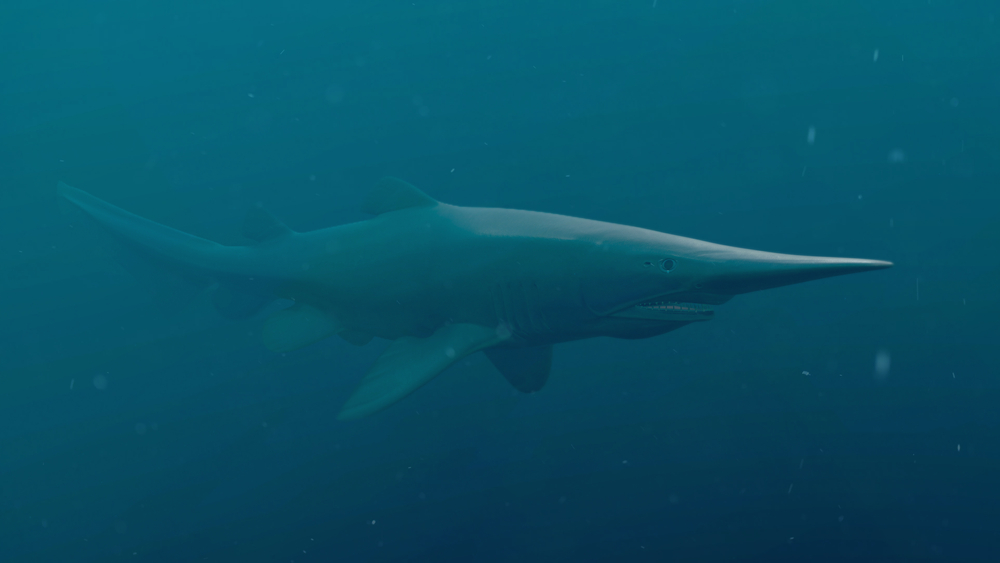
The goblin shark, with its elongated snout and protruding, nail-like teeth, is a deep-sea predator that seems ripped straight from a horror movie. This elusive species is rarely seen by humans, which only adds to its mystique. Found lurking in the dark depths of the ocean, its pale pink skin gives it a ghostly appearance that enhances its alien-like aura. When it hunts, the goblin shark employs a unique jaw mechanism that allows it to extend its mouth forward rapidly to snatch prey.
Despite its fearsome appearance, the goblin shark is not considered a threat to humans, as it resides too far beneath the surface. It’s an ancient species, thought to be a “living fossil,” representing a lineage that has existed for millions of years. This prehistoric creature’s adaptations to life in the ocean depths reveal the remarkable diversity and resilience of marine life. The goblin shark’s bizarre anatomy and deep-sea lifestyle offer a fascinating glimpse into the lesser-known corners of our planet.
5. The Camouflaging Cuttlefish
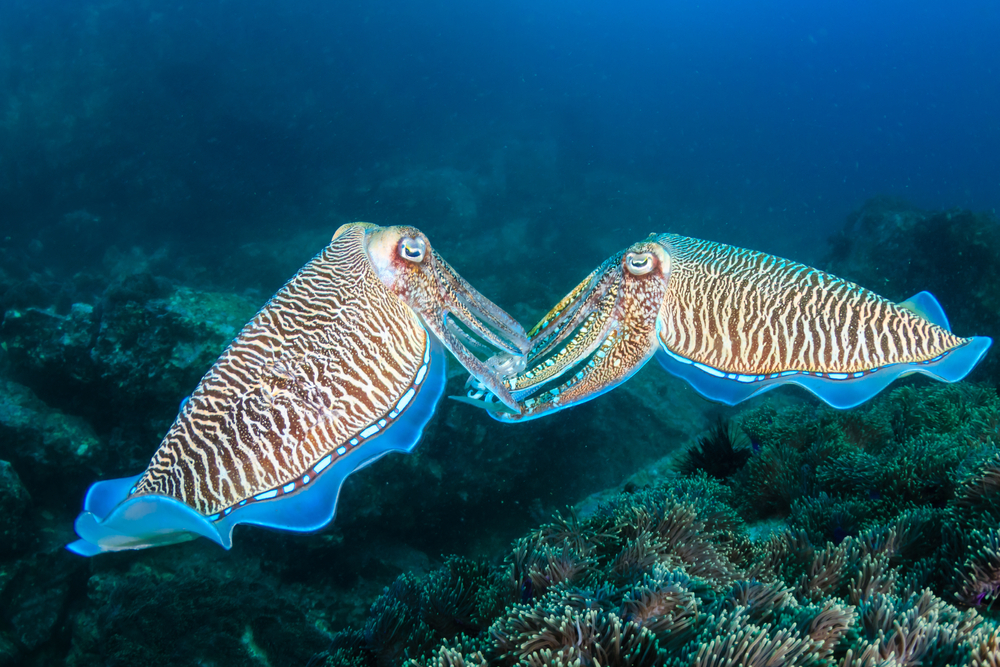
Cuttlefish are masters of disguise, capable of changing their skin color and texture in an instant to blend seamlessly with their environment. This ability is so advanced that it can mimic the appearance of objects, like rocks or coral, making them nearly invisible to predators and prey alike. Their skin contains an incredible array of pigment cells, allowing them to produce a hypnotic kaleidoscope of colors and patterns. In addition to camouflage, they use these displays for communication and courtship rituals.
What’s so captivating about cuttlefish is their intelligence and problem-solving skills. They have complex nervous systems and exhibit behaviors that suggest a high level of cognitive function. Observing a cuttlefish as it hunts and interacts with its environment can be like watching an alien entity operate with precision and purpose. Their unique abilities and intelligence make cuttlefish a fascinating study in the adaptability and complexity of oceanic life.
6. The Surreal Leafy Seadragon
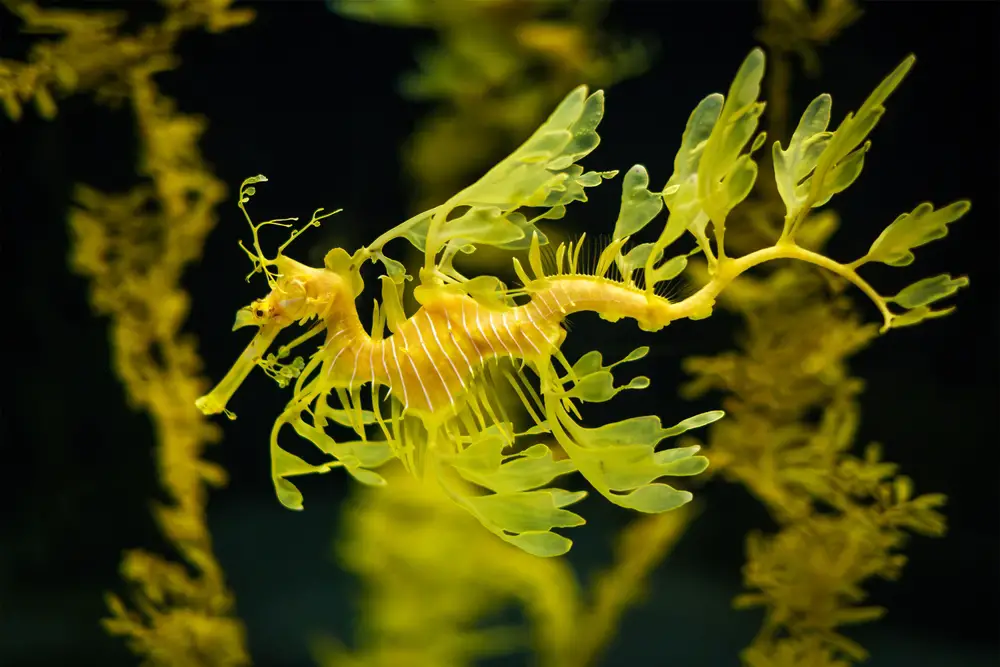
The leafy seadragon is a marvel of ocean camouflage, resembling a piece of seaweed more than a fish. Found in the waters off southern Australia, this species is adorned with leaf-like appendages that allow it to float through kelp beds undetected by predators. Its slow, graceful movements and delicate appearance give it an ethereal quality. Despite their fragile look, leafy seadragons are adept survivors, relying on their camouflage for protection.
Leafy seadragons are closely related to seahorses, but with a more ornate appearance that makes them seem like mystical creatures from a fantasy world. Their peculiar appearance isn’t just for show; it plays a crucial role in their survival strategy. Observing these creatures in their natural habitat is like peering into a secret underwater realm filled with wonders. The leafy seadragon’s serene beauty and unique adaptations make it one of the ocean’s most enchanting residents.
7. The Bizarre Blobfish
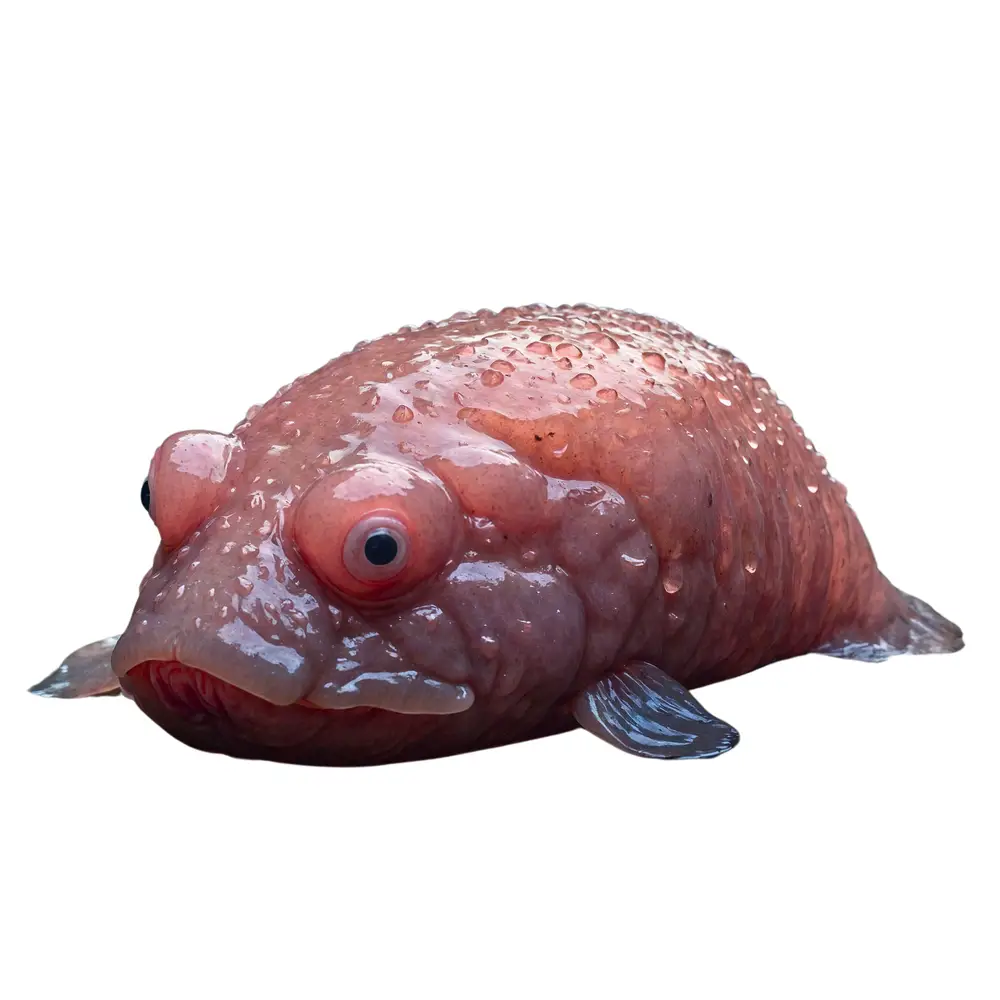
The blobfish, often cited as one of the world’s ugliest animals, has a gelatinous body that seems to defy the laws of nature. Found in the deep waters off the coasts of Australia and New Zealand, this fish’s droopy, bulbous appearance has made it an internet sensation. Its body is adapted to withstand the high pressure of the deep sea, which is why it looks so different when brought to the surface. In its natural habitat, the blobfish is a streamlined swimmer, much less blobby than it appears in photos.
While it may not win any beauty contests, the blobfish plays a vital role in its ecosystem. It feeds on invertebrates and other small creatures that inhabit the ocean floor, helping to maintain the balance of marine life. The blobfish’s unique appearance is a testament to the incredible diversity of life in the ocean’s depths. Its bizarre look and important ecological role make the blobfish a fascinating, albeit unconventional, example of marine life.
8. The Mysterious Barreleye Fish
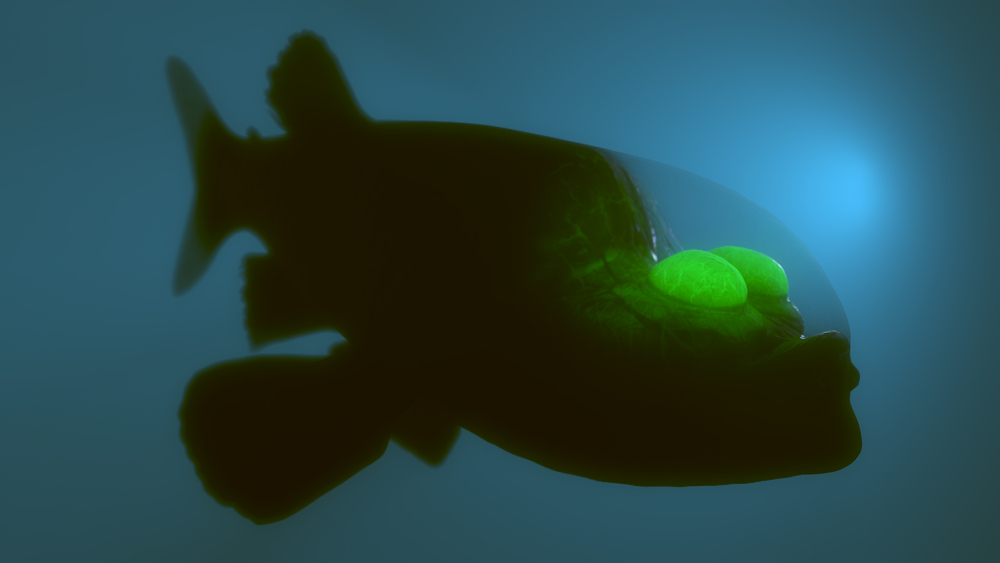
The barreleye fish is a deep-sea wonder with a transparent head that reveals its tubular eyes. These eyes are designed to point upwards, allowing the fish to detect the silhouettes of prey swimming above in the dim light of the ocean depths. This adaptation is vital for survival in its dark, deep-sea habitat. The barreleye’s transparent dome shields its sensitive eyes, adding an extra layer of mystery to its appearance.
Despite its somewhat eerie looks, the barreleye fish is harmless to humans and fascinating to scientists. Its unique eye structure and transparent head reveal the lengths to which marine creatures have adapted to life in the deep sea. This fish’s alien-like appearance underscores the diversity and ingenuity of evolution in shaping life in extreme environments. Studying the barreleye fish can provide insights into the complexities and wonders of life in the deep ocean.
9. The Whimsical Axolotl
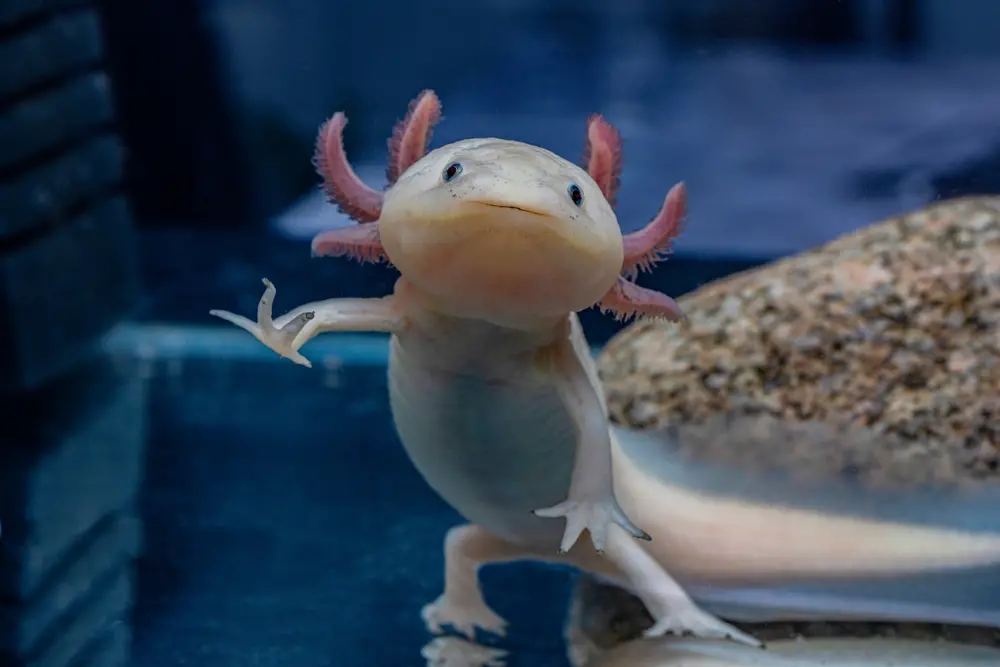
Although not an ocean-dweller, the axolotl deserves mention for its unusual appearance and remarkable abilities. Known as the “Mexican walking fish,” this amphibian has the extraordinary ability to regenerate limbs and even parts of its brain. Its perpetually smiling face, feathery gills, and youthful appearance make it look like a creature from another world. Axolotls are a source of fascination for scientists studying regeneration and development.
In the wild, axolotls are found in the lake complex of Xochimilco near Mexico City. Sadly, they are critically endangered due to habitat loss and pollution, making conservation efforts crucial for their survival. Despite their precarious status in the wild, axolotls are popular in the pet trade due to their unique appearance and low maintenance. Their combination of alien-like charm and incredible regenerative abilities makes the axolotl a truly captivating species.
10. The Cryptic Frogfish
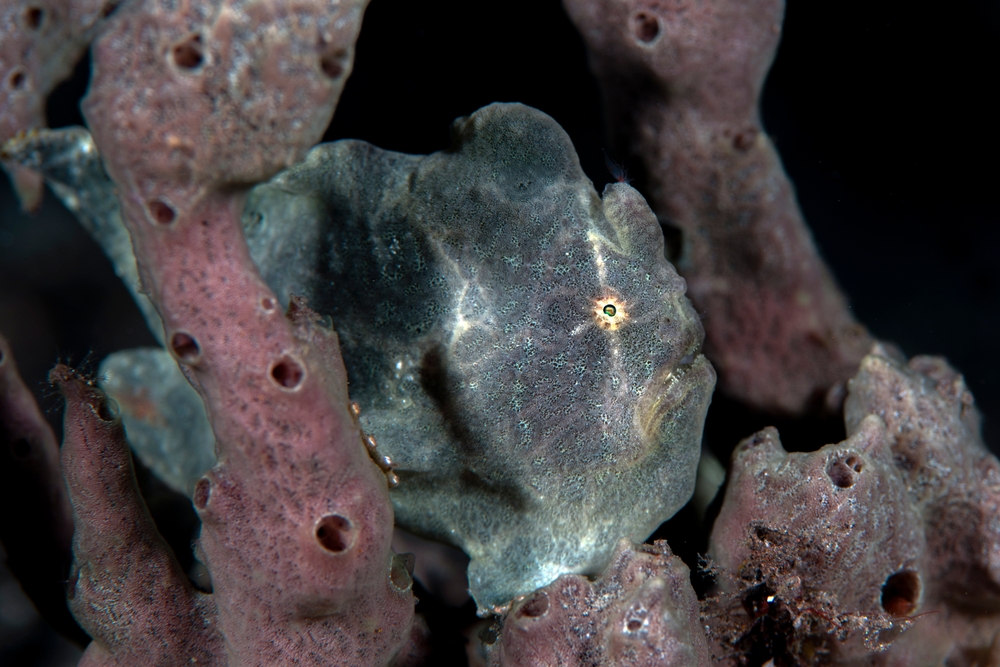
Frogfish are masters of deception, known for their incredible ability to blend into their surroundings and ambush prey with lightning-fast strikes. These stout, lumpy fish use their fins to “walk” along the ocean floor, making them appear almost comical in their movements. Their bodies are covered in wart-like bumps and colors that allow them to mimic rocks, coral, or sponges. This camouflage helps them avoid predators and catch prey off guard.
Frogfish have a unique adaptation called an illicium, a modified dorsal fin spine that acts like a fishing lure. This lure attracts prey close enough for the frogfish to engulf them with their enormous mouths. Despite their peculiar look, frogfish have a vital role in maintaining the balance of the reef ecosystem. Their combination of bizarre appearance, cunning hunting strategies, and ecological importance makes frogfish a fascinating subject for marine biologists and ocean enthusiasts alike.
11. The Otherworldly Lionfish
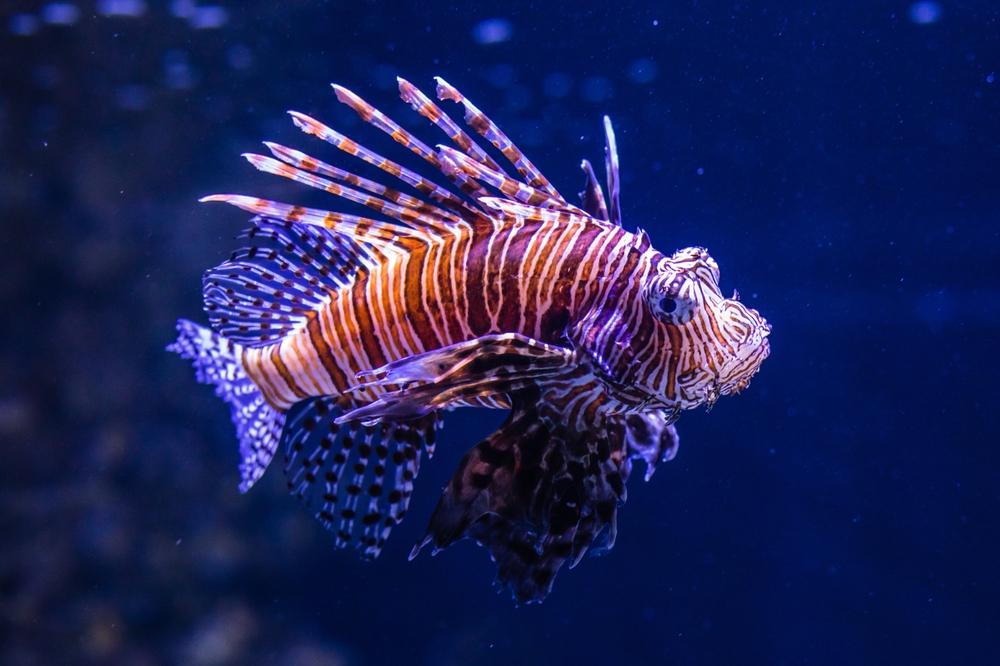
Lionfish are stunning creatures known for their vibrant stripes and long, flowing fins that give them a regal appearance. However, their beauty belies their status as invasive predators that pose a significant threat to reef ecosystems. Native to the Indo-Pacific, lionfish have spread to the Atlantic, where their voracious appetite and lack of natural predators have led to widespread ecological impact. Their spines contain venom that can deliver a painful sting to humans and potential predators.
Despite their negative impact, lionfish are captivating in their elegance and grace. Watching them glide through the water is like observing a living piece of art, with their stripes and fins creating a mesmerizing display. Controlling their population in non-native waters has become a significant conservation effort. Lionfish serve as a stark reminder of the delicate balance in marine environments and the consequences of human interference in natural ecosystems.
12. The Fascinating Oarfish
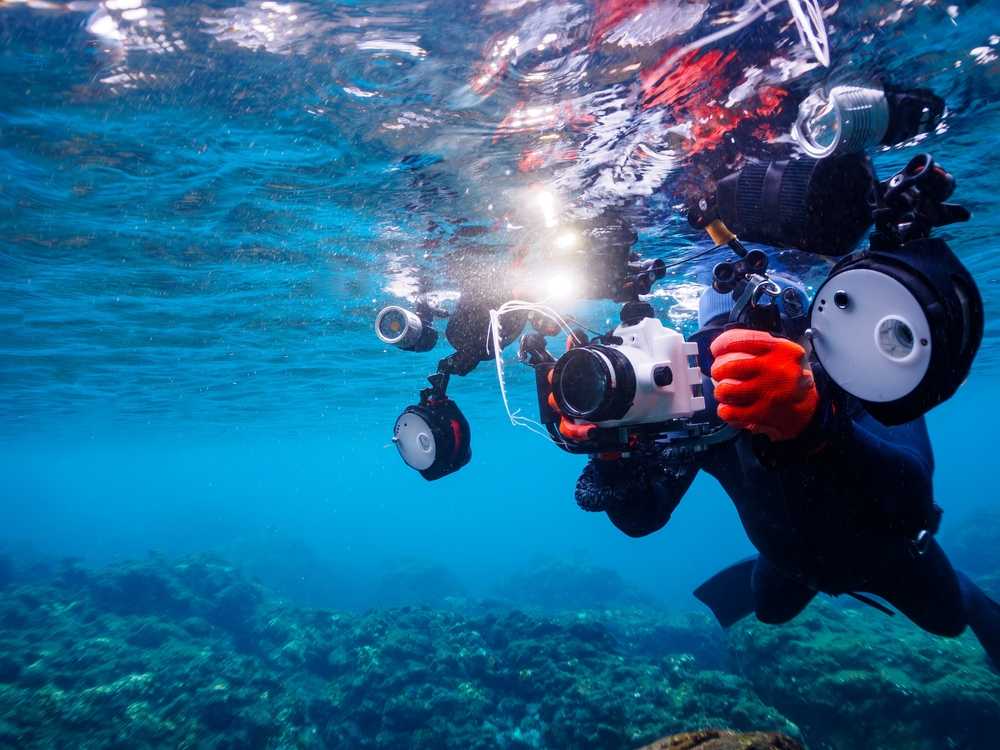
Oarfish are elusive giants of the ocean, known for their long, ribbon-like bodies and striking appearance. Often mistaken for sea serpents, these fish can grow up to 36 feet in length, making them the longest bony fish in the world. Their undulating swimming motion and shimmering silver skin create a ghostly image as they glide through the water. Oarfish are rarely seen by humans, adding to their mystique and reputation as harbingers of earthquakes in folklore.
These deep-sea dwellers feed primarily on plankton and small fish, using their dorsal fin to propel themselves through the water. Despite their size, oarfish are not a threat to humans and are considered gentle giants of the ocean. Their sporadic appearances and unique physiology make them a subject of fascination for marine researchers and enthusiasts alike. Observing an oarfish in its natural habitat is akin to encountering a mythical creature, embodying the inexplicable wonders of the ocean.
